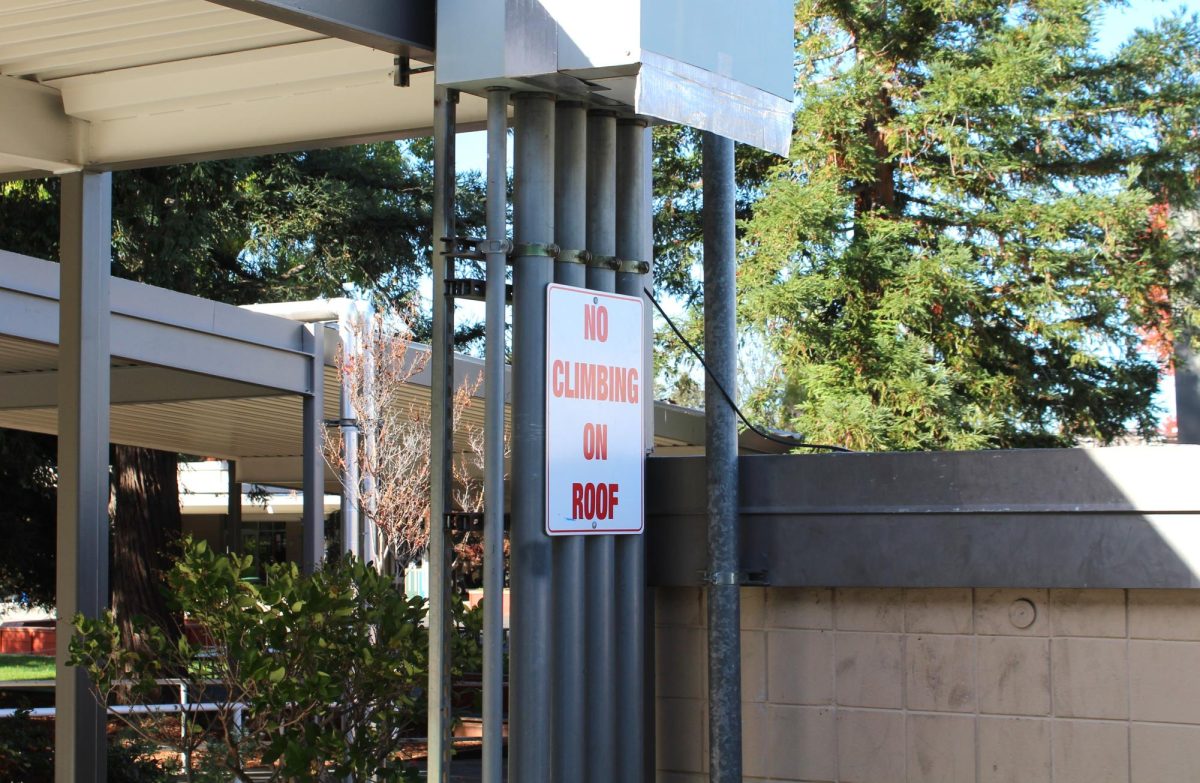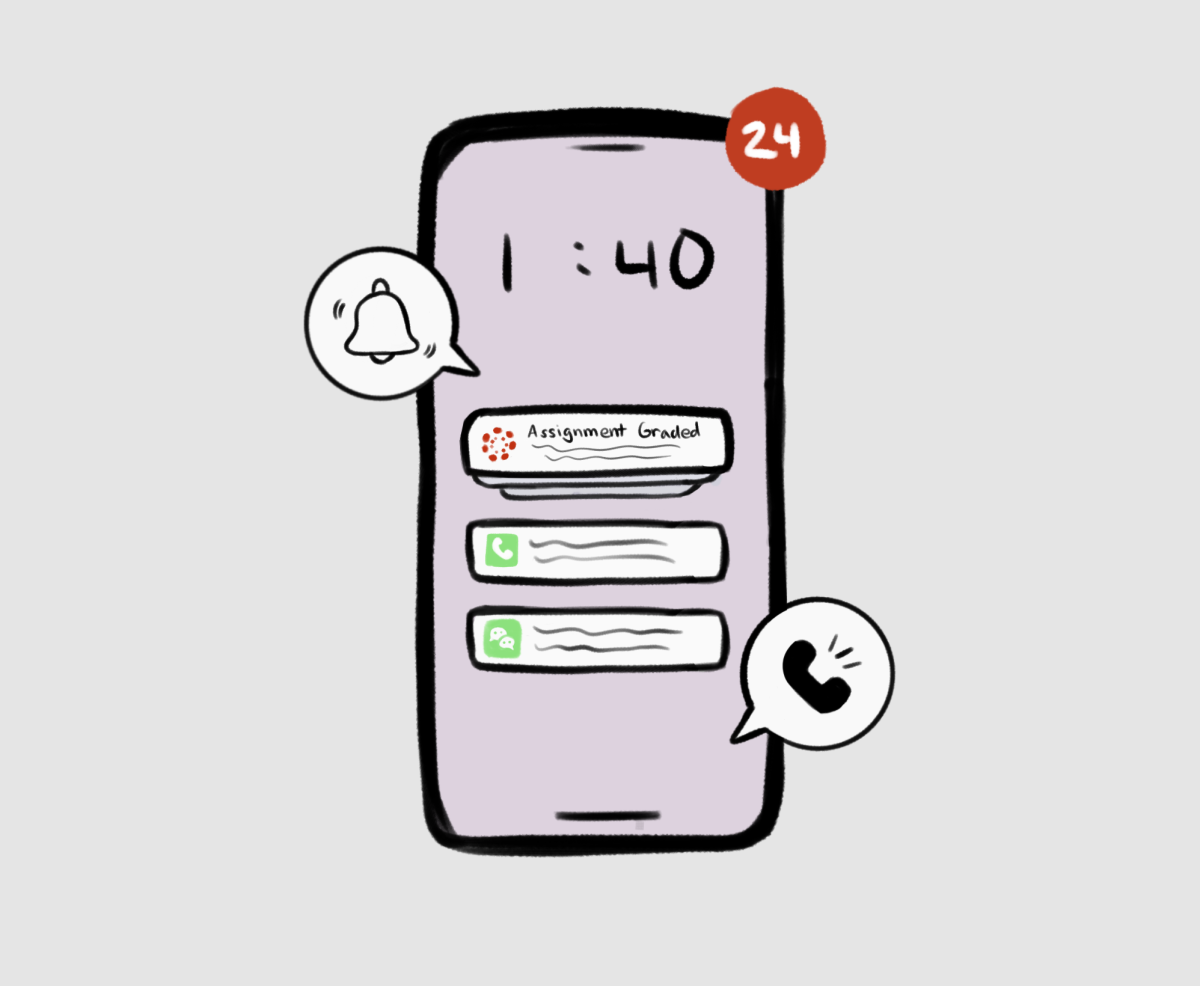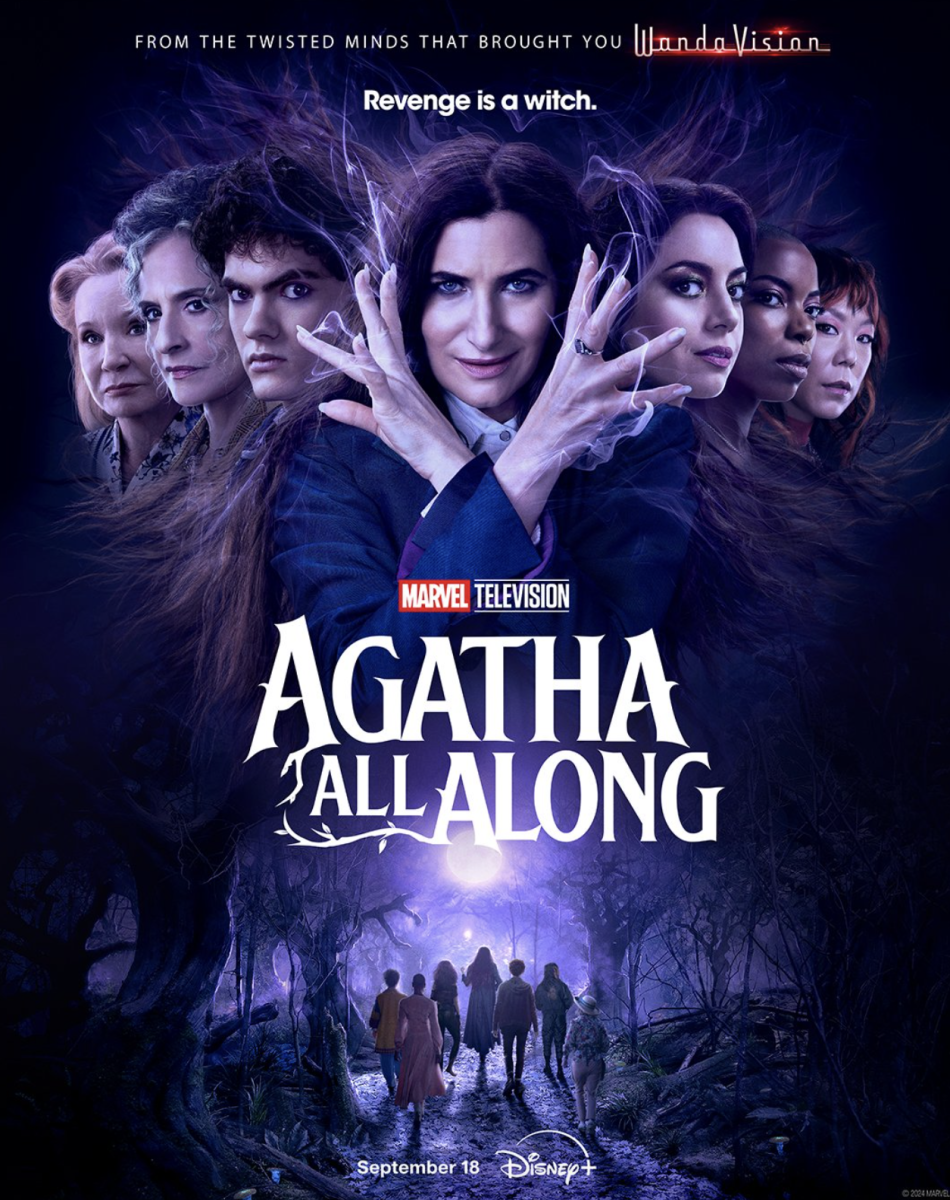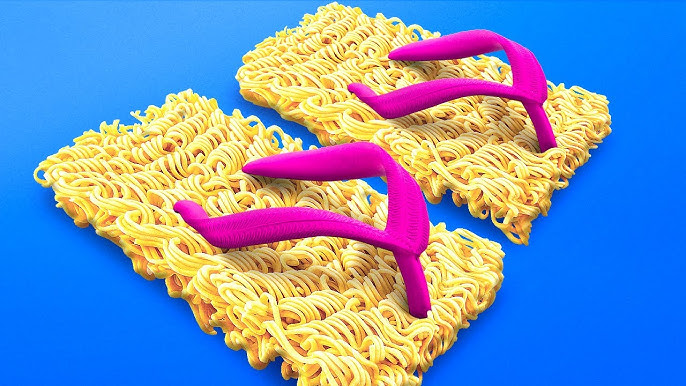As throngs of fans rushed to the packed theaters to watch “Avatar 2” in December, some weren’t able to secure seats. Forced to pick an alternative, many went to “Puss in Boots: The Last Wish,” the sequel a spinoff of the original Shrek franchise.
Many viewers of “Puss in Boots: The Last Wish” perhaps assumed that it would be the same generic DreamWorks kid movie, featuring detailed animation, over-the-top fart jokes and cheesy storylines. However, it subverted all these expectations as a masterpiece in both writing and animation, creating a classic underdog story for the viewers leading to passionate recommendations online. Now, as viral clips and rants about the not-so-hidden gem have blown up all over social media, many claim “Puss in Boots: The Last Wish” to be the best animated movie of 2022, even surpassing “Avatar 2.” At first glance, what makes “Puss in Boots: The Last Wish” different from other DreamWorks productions is its unique animation style. The style is saturated and colorful, dropping realism and embracing the unique effects only animation can produce.
It is also evident that the animation in the movie was inspired by the 2018 movie “Spiderman into the Spiderverse,” which was revolutionary because it brought comic books and Japanese anime styles into western animation. “Puss in Boots: The Last Wish” achieves the same effect. As soon as the action starts, the frame slows down, creating a disorienting and exhilarating feeling to the fight scenes. This, combined with fluid animation and exaggerated moves, establishes a sense of awe in the viewer.
Even so, the movie isn’t all bright and flashy, as it darkens in certain, more serious scenes when it needs to, giving the characters the emotion and realism that other DreamWorks productions fail to give.
A prime example of this realism is Puss’s first meeting with Death, one of the main antagonists of the movie. Following an impossible and victorious fight with a giant, Puss sits at a bar when he is approached by a hooded wolf. At first appearing as a bounty hunter, Puss arrogantly attacks the wolf, even mirroring moves he performed on the seemingly superior giant he defeated just moments before.
But the feeling is different this time. Surrounded by dark colors and dreadful music, the wolf blocks and parries every move Puss throws with ease, finally landing a blow on Puss’s forehead that causes a drop of blood to trickle down forebodingly. This scene is executed perfectly, from Puss’s facial expressions as he experiences fear for the first time to the eerie music that swells as his fur stands on end. DreamWorks’s decision to display blood and gore is uncommon for the kid-friendly studio, yet it deepens the impact of the scene.
The writing in “Puss in Boots: The Last Wish” is also excellent. The character development and world building advance the fairytale world of Shrek. The Dark Forest, one of the main settings in the film, changes based on the character who holds its map and adheres to their personality.
Not only is this concept unique, the writers use this mechanic to create interesting scenarios like when the map is dropped and the forest stops mid-shift. But while creative worlds are not uncommon in DreamWork productions, the characters in the movie are what surprised most people, as DreamWorks is notorious for making flat, annoying and unlikable characters. To me, none of the characters in “Puss in Boots: The Last Wish” have these classic unlikable qualities. Even Perrito, the annoying side character trope, is well developed and plays an important role in the story.
The story itself emanates maturity, treating its audience like adults while still catering to children. “Puss in Boots: The Last Wish” explores complex themes like trust, family and death, in sharp contrast to themes like friendship and happiness, which are staples of other children’s movies. It also has a layer of subtlety to it, allowing the audience to figure out what lies beyond the dialogue rather than being on the face about it. This gives the movie depth, something very rare in this genre.
The jokes in “Puss in Boots: The Last Wish” feel natural and sincere, a breath of fresh air from past productions like DreamWorks’s 2016 “Trolls.” They rely on situations and the characters themselves. For example, Jack Horner, although a flat antagonist, represents absolute evil in the movie, yet at the same time, he provides comedic relief that the other more complex villains cannot.
“Puss in Boots: The Last Wish,” after receiving a slow start thanks to more trending movies like “Avatar 2,” received more attention after the Avatar hype wore off due to being “underrated” and “a hidden gem.” But not anymore. It is now a contender for the best animated movie of 2022 and has a revenue count of $393 million as of Feb. 13. I have no doubt that this number will continue to climb and that “Puss in Boots: The Last Wish” will go down as one of DreamWorks’s best movies ever.


























